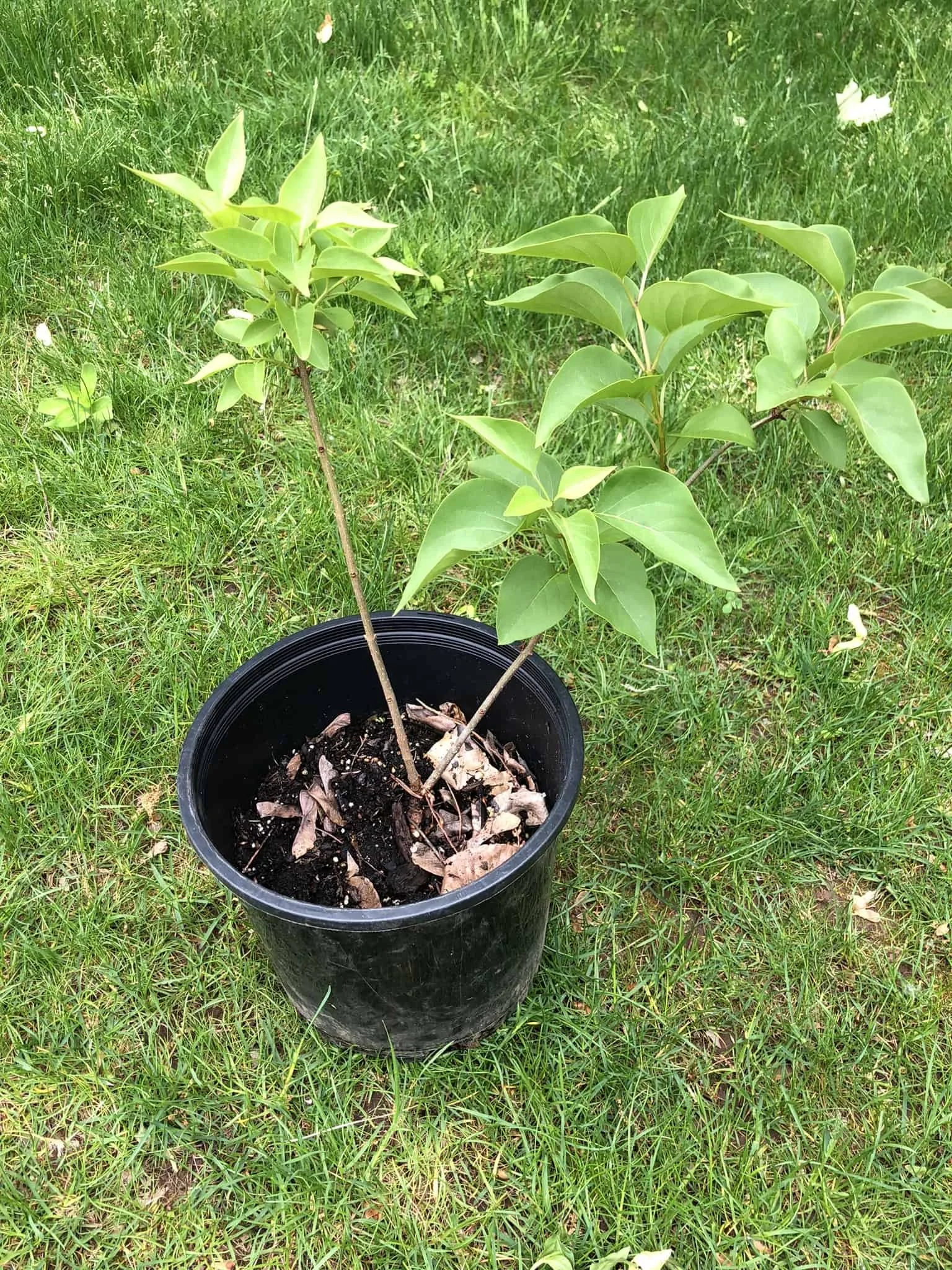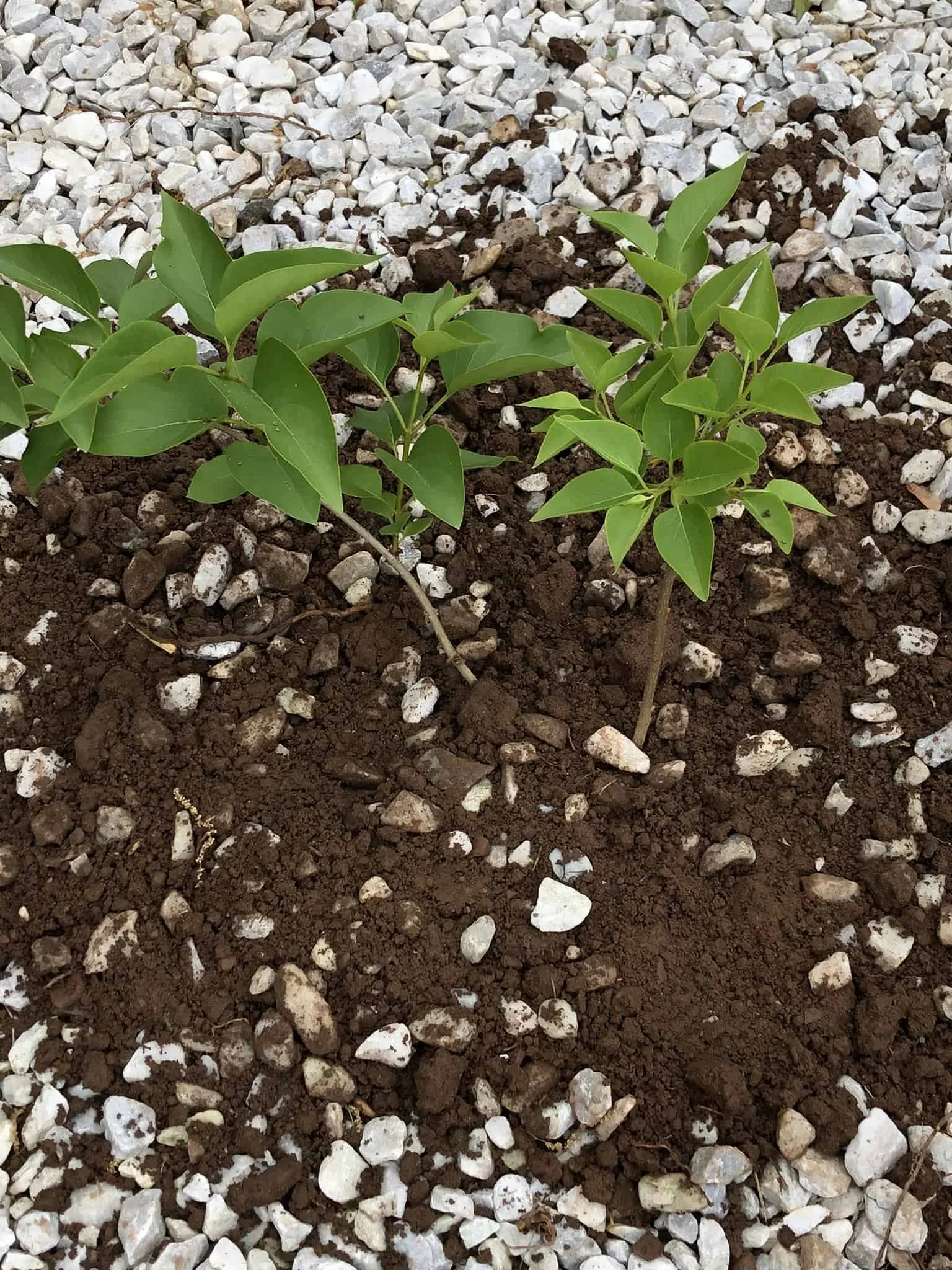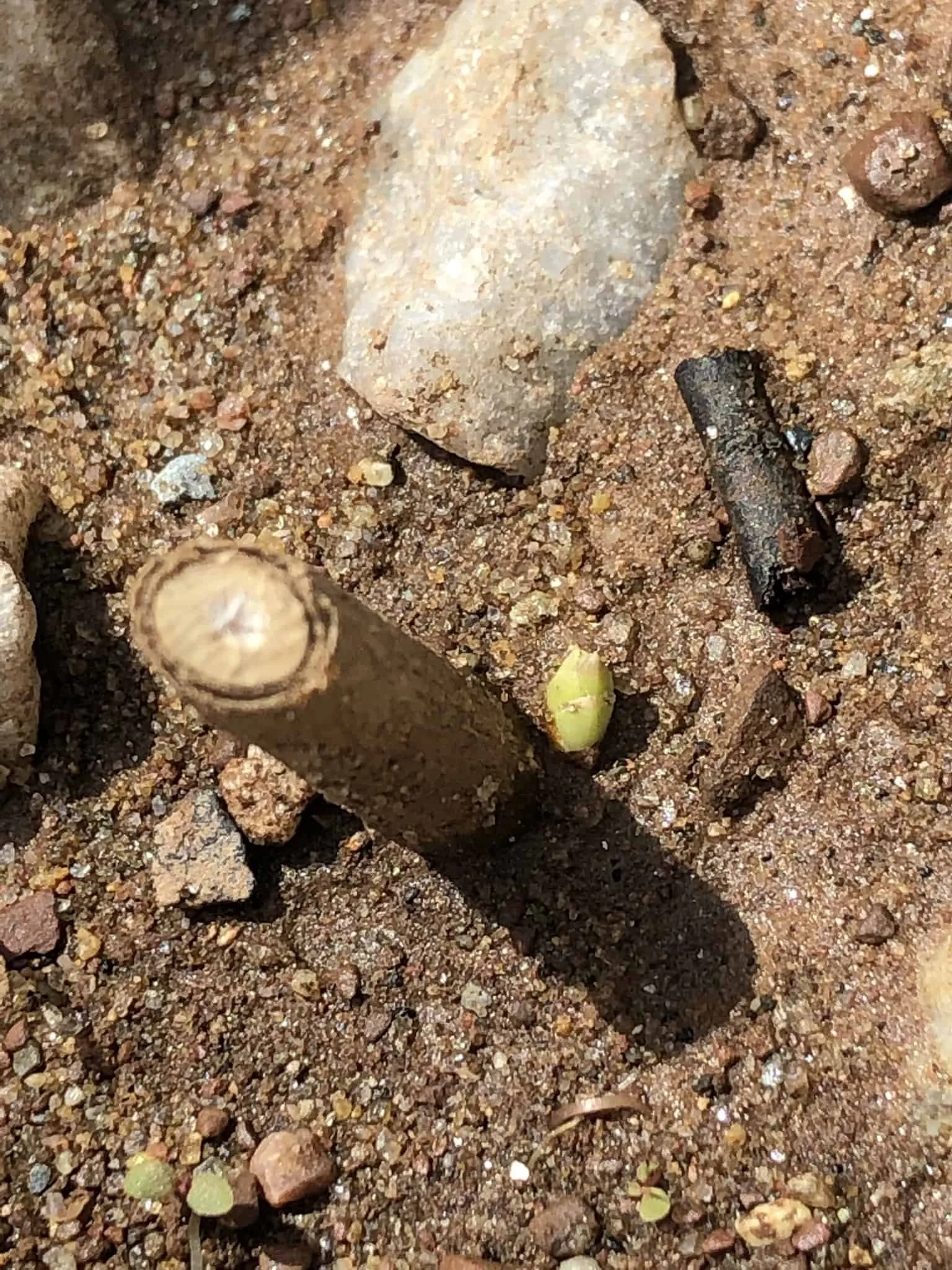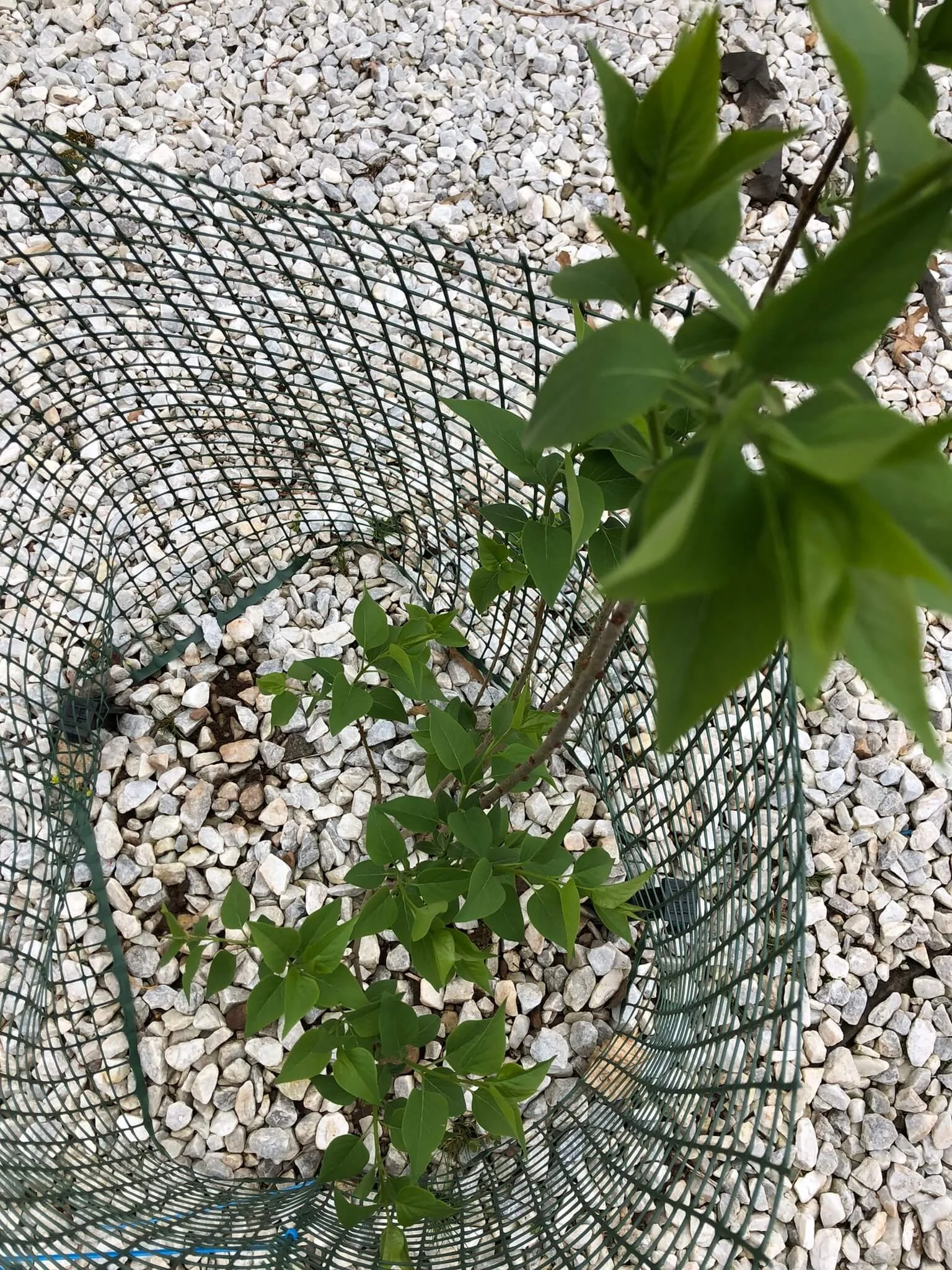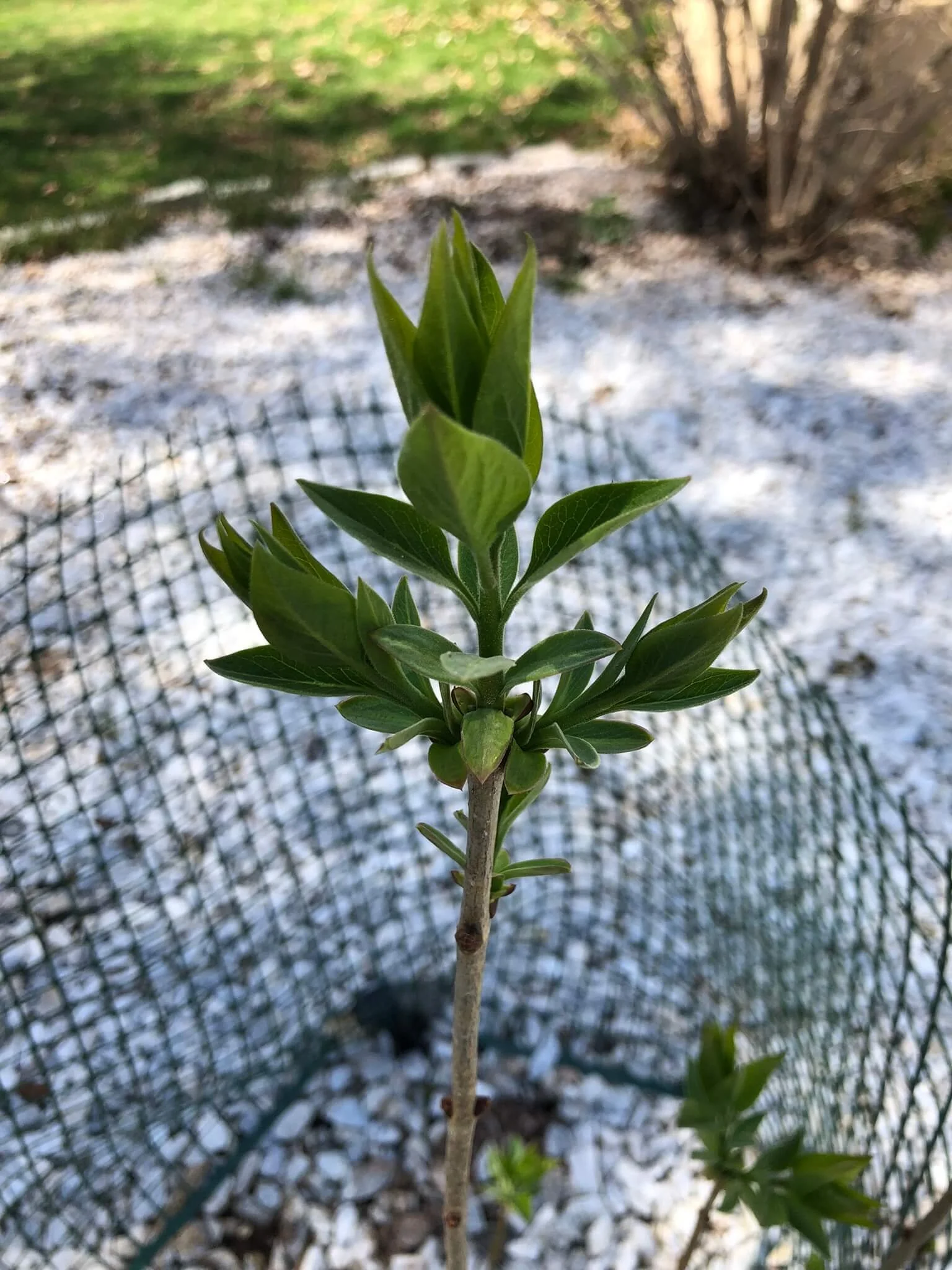How to Transplant Lilac Shoots: The Ultimate Guide
Transplanting lilac shoots
UPDATED 4/23/23
If you're like most gardeners, transplanting lilac shoots is probably on your to-do list. A lilac shrub is a beautiful addition to any garden, and transplanting them is a fairly easy process. In this article, we will walk you through the steps of transplanting lilac shoots so that you can have beautiful blooms in your garden year after year!
The items listed are accompanied by affiliate links, meaning I earn a small commission if a purchase is made through my links. This has no impact on the cost to the consumer. I link to products this way whenever possible, and it has no bearing on the products I choose to review or recommend.
“Shoots or suckers are new stems that grow from the roots of existing lilac plants.”
Transplanting Lilac Shoots
Now that you have learned how to propagate lilacs from shoots, it is time to learn to transplant them. I will go over my transplanting process and explain what I did and how it went so that you can transplant your lilacs with ease.
Lilac shoots transplant
These are the lilac shoots that I will be transplanting into my garden. They are a common lilac or Syringa vulgaris.
When to Transplant Lilac Shoots
Perhaps the most important fact to know is when to transplant lilac shoots. Timing is everything because you want your lilac to be able to transplant and take root before the frost comes.
The best time to transplant lilac shoots is in the early spring to late spring, about a week after your parent lilac bush has bloomed. This will give the growing lilac time to adjust to its new location and establish a strong root system.
If you transplant too late in the season, your lilac may not have enough time to establish itself before the cold weather sets in. With that being said, you can still transplant in the early fall, but make sure to transplant at least six weeks before the first frost is expected in your area.
RELATED: The Best Companion Plants for Lilacs—And What NOT to Plant With Them
How to Transplant Lilac Shoots
Now that you know when to transplant lilacs, it's time to learn how to plant lilacs. The process is actually quite simple and can be done in just a few steps.
First, you need to determine the location where you will plant your lilac plant. Common lilac needs full sun and well-draining soil to thrive. If you are not sure where that is in your yard, watch the sun throughout the day to see where it shines the most.
Also, if you are not sure how your soil is, you can always do a soil test. And if you need to you can always add amendments to the soil to improve drainage. Lilacs don't tolerate soggy roots, which can lead to root rot. The last thing you want is to lose your beautiful lilac plant due to transplanting it in the wrong spot.
Here is an important tip: the day before planting your lilac, give it a good watering. This will help reduce transplant shock and help the plant get a good start in its new location. Remember to water the roots, not the leaves. This helps to prevent powdery mildew.
Once you have found the perfect spot, it is time to dig the hole. I prepared the ground where I wanted to transplant the lilac shoots by loosening the soil with a spade. When transplanting lilacs, you want to make sure that the hole is twice as wide as the root ball and just as deep so that the roots are covered. This will give your lilac ample space to grow.
My hole for my lilac shoot. Digging thru a layer of rocks and landscaping fabric was a little tough but eventually there was nice soil.
If you plan to plant more than one lilac, make sure to space them out accordingly. Lilac varieties can grow quite large, and you don't want them to crowd each other out. I like to plant mine about two to three feet apart. I only planted one lilac shoot for now but I'm hoping to propagate some new lilac suckers and transplant them next year so I left room in my yard for expansion.
Next, gently remove your lilac from its current pot or container. Be careful not to damage the roots in the process. Once it is out of its pot, place it in the hole you dug earlier.
After the lilac is in the ground, backfill the hole with the soil, making sure to pack it gently around the roots. Water thoroughly!
Make sure to keep an eye on your lilac transplant and water it daily for the first three weeks, as it is a baby and needs extra TLC. It is during this time that root growth is occurring and getting established in their new home.
Unfortunately, a couple of days after I initially transplanted my lilac shoots, I lost one of the branches on the plant due to a horrible thunderstorm that brought very strong winds and heavy rain. I was devastated because I had put so much work into transplanting it. But I’m not going to give up that easily. I will watch the other branch closely.
The second branch had broken off due to a thunderstorm with heavy rains and strong winds.
I noticed the bottom of the branch is still in the ground and didn't come out completely, so maybe there is still hope that it will grow. I just checked on it a couple of days ago, and I noticed there is a small green bud coming off the branch, so it looks like it will survive after all. It will probably take much longer than the other branch, but all is not lost! I’m so happy!
There is a small green bud coming off the side of the lilac shoot-even after the lilac got injured after storms.
Now that I have transplanted my lilac shoots it will take several years before they bloom. Once they do, I will have a beautiful lilac bush in my yard that I can enjoy for many years to come. And hopefully, by then the transplanting process will be a distant memory and I can enjoy fragrant lilac flowers!
1 Year Post Transplant Update:
It has been one year since I transplanted 2 lilac shoots and I have to say before transplants have rooted fantastically! Both plants are looking healthy and showing signs of new growth. I don’t think I will see blooms this year but the fact they have survived the winter and look healthy is the ultimate goal. Here are some photos to show you how they are looking after the first year.
The first lilac plant I transplanted.
This is the same lilac plant-an up close view of its new growth.
This is a second lilac that I transplanted.
You can see a new shoot growing off the second lilac bush that I transplanted from a shoot.
2 Year Post Transplant Update:
It has been two years now since I have transplanted my lilac shoots and I have a bloom this year. I’m thrilled! Here it is!
My first bloom 2 years post transplant.
FAQS About Transplanting Lilac Shoots
How long does it take a lilac cutting to root?
Lilac cuttings can take up to two months to establish roots.
Can you plant lilac shoots directly in the ground?
Yes, you can transplant lilac shoots directly into the ground as long as you choose a location that receives full sun and has well-draining soil.
Do lilac bushes need full sun?
Lilacs need full sun to thrive. They will not bloom as well if they do not receive at least six hours of direct sunlight per day.
Can you transplant lilac shoots in the fall?
Yes, you can transplant lilac shoots in the fall as long as there is no danger of frost, but remember you want your lilac transplant to have time to establish roots before winter so it can survive the cold weather.
Summing up Lilac Shoots Transplanting
Transplanting lilac shoots is an easy and rewarding process. If you follow these simple steps, you will have a beautiful new lilac bush in no time. Be sure to water your transplant daily for the first three weeks and keep an eye on it as it may take a while for the roots to get established in their new home. Good luck!
Pin for Later>>


